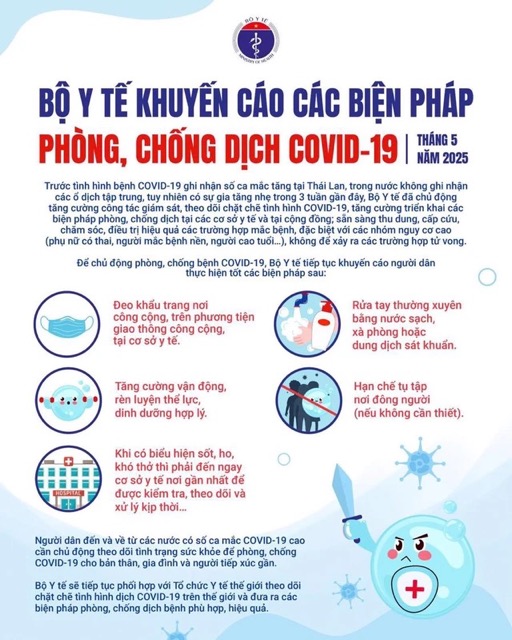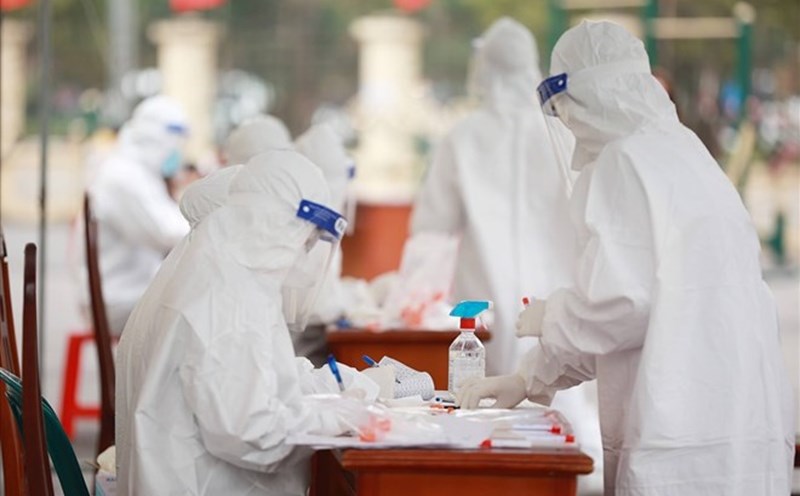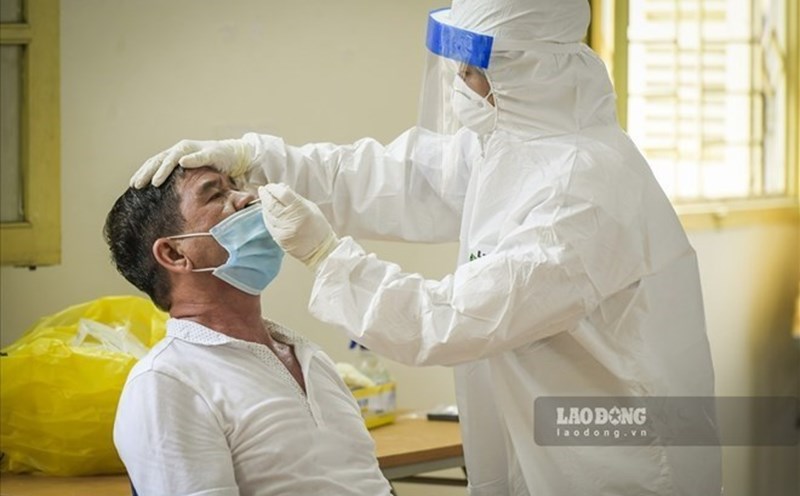COVID-19 is a group B infectious disease
In the face of the COVID-19 epidemic situation in the world increasing again, the Ministry of Health requires hospitals and medical facilities nationwide to proactively review admission and treatment plans, not to be passive.
The Ministry of Health said that the world has recorded an increase in the number of COVID-19 cases in some countries such as Brazil, the UK, Thailand, etc. In Vietnam, from the beginning of 2025 to now, 148 cases of COVID-19 have been recorded in 27 provinces and cities; there have been no deaths.
In our country, infectious diseases are divided into 3 groups: Group A, B, C. In which, Group A is a particularly dangerous infectious disease that can be transmitted very quickly, spread widely and have a high or unknown mortality rate, including lietism, avian influenza A/H5N1, chickenpox, yellow fever...
According to the 2007 Law on Prevention and Control of Infectious Diseases, supplemented by Decision 3896/QD-BYT (2023), Group B includes dangerous, rapidly transmitting diseases that can cause death such as: Respiratory infections caused by virus Corona (COVID-19), HIV/AIDS, phlegm, influenza, rabies, whooping cough, liter liter liter liter liter liter, streptococcal, leprosy, malaria, rash fever, measles, hand, foot, foot, mouth, foot, foot, gas, welding, tetanus, rubella, viral hepatitis, meningitis, cerebral hemorrhoids, viral encephalitis, skin tornadoes, diarrhea caused by Rota virus, virus Zika, respiratory inflammation caused by Adeno virus.
Group C includes less dangerous infectious diseases that are less likely to be transmitted quickly (tinged, smuggled, Korea fever, liver failure, dengue fever caused by Hanta virus...).
According to Decision 3896/QD-BYT of the Ministry of Health, effective from October 20-2023, COVID-19 is no longer a group A infectious disease but has been converted to a group B infectious disease under the Law on Prevention and Control of Infectious Diseases 2007.
Accordingly, COVID-19 prevention and control activities are carried out in accordance with the provisions of the Law on Prevention and Control of Infectious Diseases for Group B infectious diseases (such as for diseases: flu, measles, whooping cough, hand, foot and mouth disease, etc.).
People with the disease should isolate themselves to limit the spread
According to the Ministry of Health's instructions on COVID-19 monitoring and prevention, for COVID-19 cases that have been identified and treated as inpatients, treatment should be managed; infection prevention in medical examination and treatment facilities.
People with COVID-19 for outpatient treatment must wear masks and encourage self- cach Ban at their accommodation for at least 5 days from the time of symptoms or when the test result is positive. masks should be worn until the 10th day. When you need to go out, wear a mask and hand sanitizer regularly, limit contact.
Caregivers or co-workers: Wear masks, limit contact; regularly wash your hands, clean your face, and keep your home airy.
For cases suspected of COVID-19, it is necessary to monitor their health, wear a mask when in contact or out, limit contact; wash their hands regularly, and clean contact surfaces.
People with severe symptoms or at high risk (old age, underlying diseases, immunodeficiency, pregnant women) should be tested early.
Patients receiving inpatient treatment: Be quarantined in the emergency department or specialized department; when detecting a case in a clinical department, they must be immediately transferred to the quarantine room.
Areas such as examination rooms, emergency rooms, and isolation rooms need to be air conditioned and meet the isolation requirements according to regulations.
People with COVID-19 are not required to be quarantined as strictly as before, but still need to proactively prevent the disease to protect the community.











